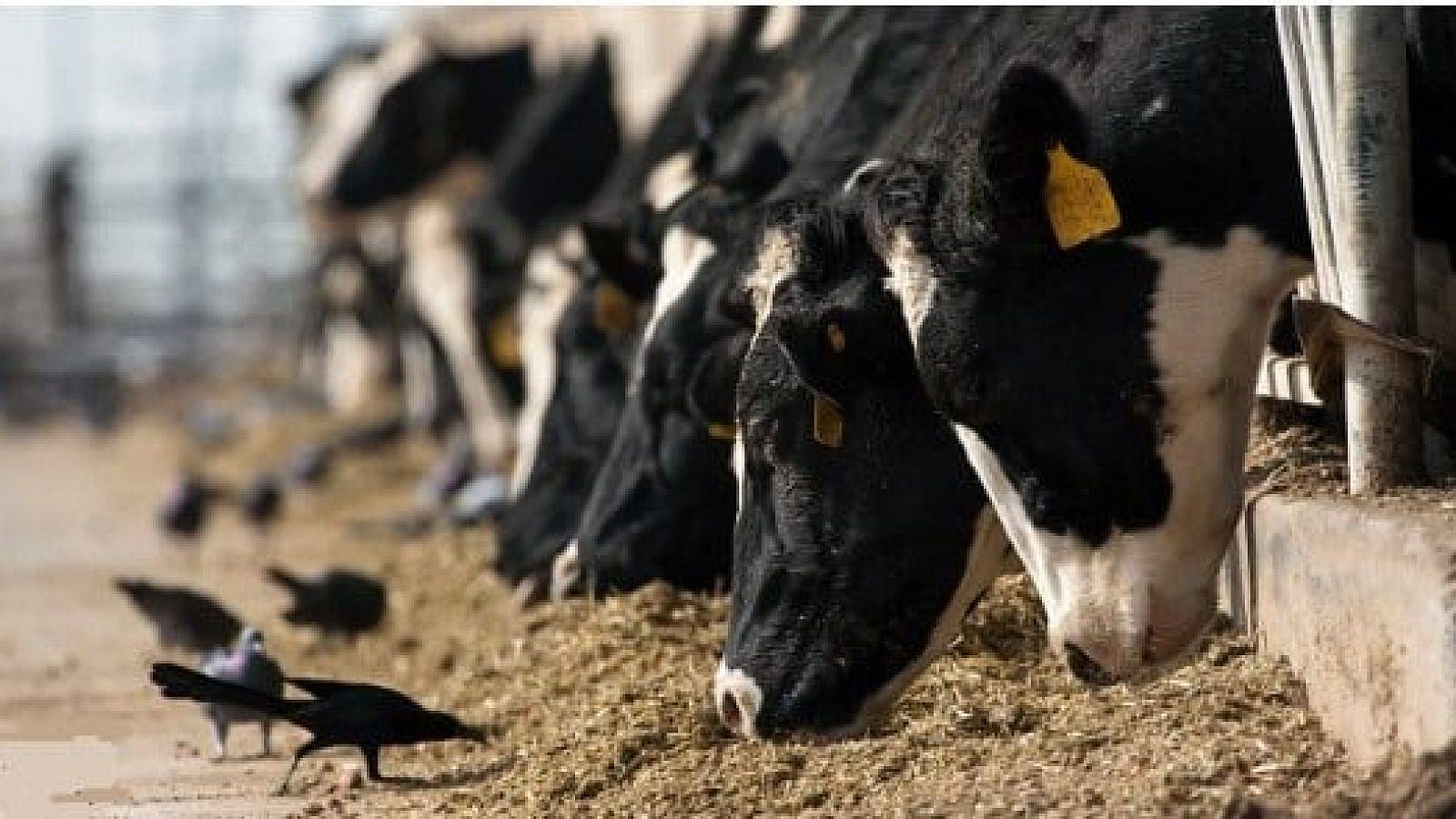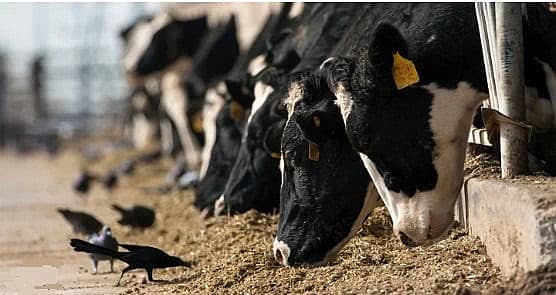WASHINGTON, D.C. – The U.S. Department of Agriculture (USDA) announced that distressed borrowers with qualifying USDA farm loans have already received nearly $800 million in assistance, as part of the $3.1 billion in assistance for distressed farm loan borrowers provided through the Inflation Reduction Act (IRA). The IRA directed USDA to expedite assistance to distressed borrowers of direct or guaranteed loans administered by USDA’s Farm Service Agency (FSA) whose operations face financial risk.
The list of programs and support will help as many as 34,000 borrowers with USDA direct or guaranteed loans.
The department on Tuesday kicked off a process to provide aid to distressed farm loan borrowers “with the goal of keeping them farming, removing obstacles that currently prevent many of these borrowers from returning to farming, and improving the way that USDA approaches borrowing and servicing,” USDA stated.
“Through no fault of their own, our nation’s farmers and ranchers have faced incredibly tough circumstances over the last few years,” said Agriculture Secretary Tom Vilsack. “The funding included in this announcement helps keep our farmers farming and provides a fresh start for producers in challenging positions.”
Work has already started to bring some relief to distressed farmers. As of October 2022, over 13,000 borrowers have already benefited from the resources provided under the Inflation Reduction Act as follows:
- Approximately 11,000 delinquent direct and guaranteed borrowers had their accounts brought current. USDA also paid the next scheduled annual installment for these direct loan borrowers giving them peace of mind in the near term.
- Approximately 2,100 borrowers who had their farms foreclosed on and still had remaining debt have had this debt resolved in order to cease debt collections and garnishment relieving that burden that has made getting a fresh start more difficult.
In addition to the automatic assistance already provided, USDA has also outlined steps to administer up to an additional $500 million in payments to benefit the following distressed borrowers:
- USDA will administer $66 million in separate automatic payments, using COVID-19 pandemic relief funds, to support up to 7,000 direct loan borrowers who used FSA’s disaster-set-aside option during the pandemic to move their scheduled payments to the end of their loans.
- USDA is also initiating two case-by-case processes to provide additional assistance to farm loan borrowers. Under the first new process, FSA will review and assist with delinquencies from 1,600 complex cases, including cases in which borrowers are facing bankruptcy or foreclosure. The second new process will add a new option using existing direct loan servicing criteria to intervene more quickly and help an estimated 14,000 financially distressed borrowers who request assistance to avoid even becoming delinquent.
More details on each of the categories of assistance, including a downloadable fact sheet, are available on the Inflation Reduction Act webpage on farmers.gov.
Similar to other USDA assistance, all of these payments will be reported as income and borrowers are encouraged to consult their tax advisors. USDA also has resources and partnerships with cooperators who can provide additional assistance and help borrowers navigate the process.
USDA said in a press release that the announcement is only the first step in the agency’s efforts to provide assistance to distressed farm loan borrowers and respond to farmers and to improve the loan servicing efforts at USDA by adding more tools and relaxing unnecessary restrictions. Additional announcements and investments in assistance will be made as USDA institutes these additional changes and improvements.
This effort will ultimately also include adding more tools and relaxing unnecessary restrictions through assistance made possible by Congress through the IRA. Further assistance and changes to the approach will be made in subsequent phases.
The funds replace a separate loan debt relief program for socially disadvantaged farmers that had been blocked by federal lawsuits. Still, leaders of the National Black Farmers Association and others sued the federal government earlier this month over those provisions being rescinded from law.
Agriculture Secretary Tom Vilsack addressed the difference in the new debt payments, which will pay off debt for distressed farmers regardless of race or gender.
“The key here for the activity and work that we’re doing under this program is to focus on distressed borrowers,” Vilsack said. “Those distressed borrowers might be Black farmers, they might be Hispanic farmers, they might be beginning farmers, they might be veteran farmers, they might be women farmers, they might be organic farmers, they might be conventional crop producers, they could be livestock producers.”
The only similar characteristic for these distressed farmers is that they received FSA loans when they had no other place to turn, Vilsack said.
“They couldn’t get credit anywhere else. We were the last resort for all of these borrowers. And two, they didn’t make their payment. They were in a distressed circumstance.”











